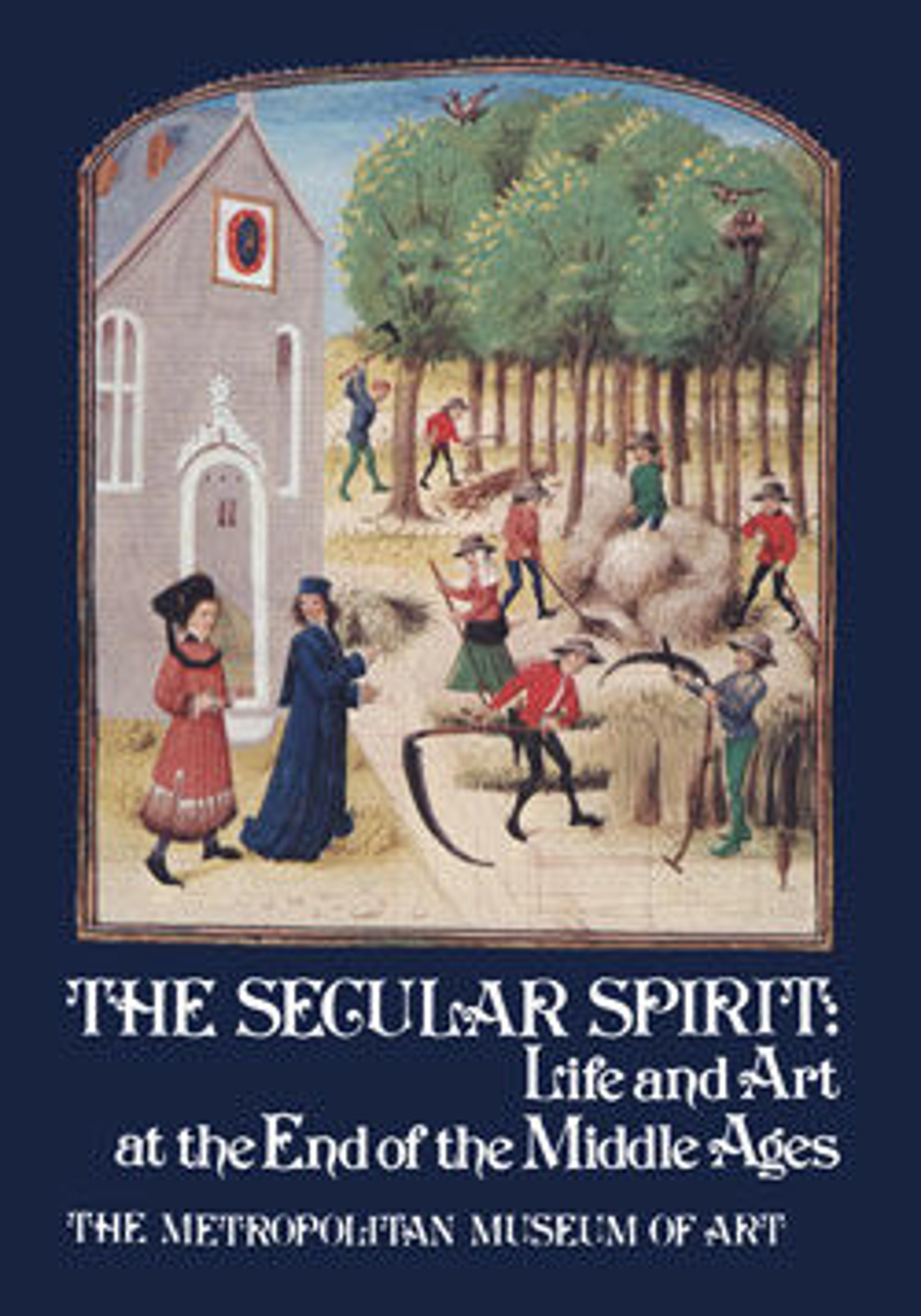Beaker
Miniature golden ibexes serve as the feet of the goblet fashioned from ibex horn. The goldsmith cleverly placed the characteristic ridges of the horn so that they provided natural hand grips for the drinker. Did this allow the owner to imbibe to excess without losing hold of the beaker?
Underlying this artistic nod to Europe’s prized mountain goat is the medieval belief that ibex horn—like the horn of the unicorn—possessed magical and medicinal properties, including the ability to detect poison. As a result, the alpine ibex was hunted to near extinction, much like the rhinoceros today.
Underlying this artistic nod to Europe’s prized mountain goat is the medieval belief that ibex horn—like the horn of the unicorn—possessed magical and medicinal properties, including the ability to detect poison. As a result, the alpine ibex was hunted to near extinction, much like the rhinoceros today.
Artwork Details
- Title: Beaker
- Artist: Attributed to Hans Greiff (German, active ca. 1470–died 1516 Ingolstadt)
- Date: ca. 1480
- Geography: Made in Ingolstadt, Bavaria, Germany
- Culture: German
- Medium: Horn, gilded silver mounts and cover
- Dimensions: Overall: 9 1/2 x 2 9/16 x 3 1/16 in. (24.1 x 6.4 x 7.8 cm)
vessel (a) only: 6 1/8 x 2 9/16 x 3 1/16 in. (15.6 x 6.4 x 7.8 cm)
Lid (b) only: 3 1/4 x diam. 2 13/16 in. (8.3 x diam. 7.2 cm) - Classifications: Horn, Metalwork-Silver
- Credit Line: Gift of J. Pierpont Morgan, 1917
- Object Number: 17.190.496a, b
- Curatorial Department: Medieval Art and The Cloisters
More Artwork
Research Resources
The Met provides unparalleled resources for research and welcomes an international community of students and scholars. The Met's Open Access API is where creators and researchers can connect to the The Met collection. Open Access data and public domain images are available for unrestricted commercial and noncommercial use without permission or fee.
To request images under copyright and other restrictions, please use this Image Request form.
Feedback
We continue to research and examine historical and cultural context for objects in The Met collection. If you have comments or questions about this object record, please complete and submit this form. The Museum looks forward to receiving your comments.
